Category: Tabular Hills
-
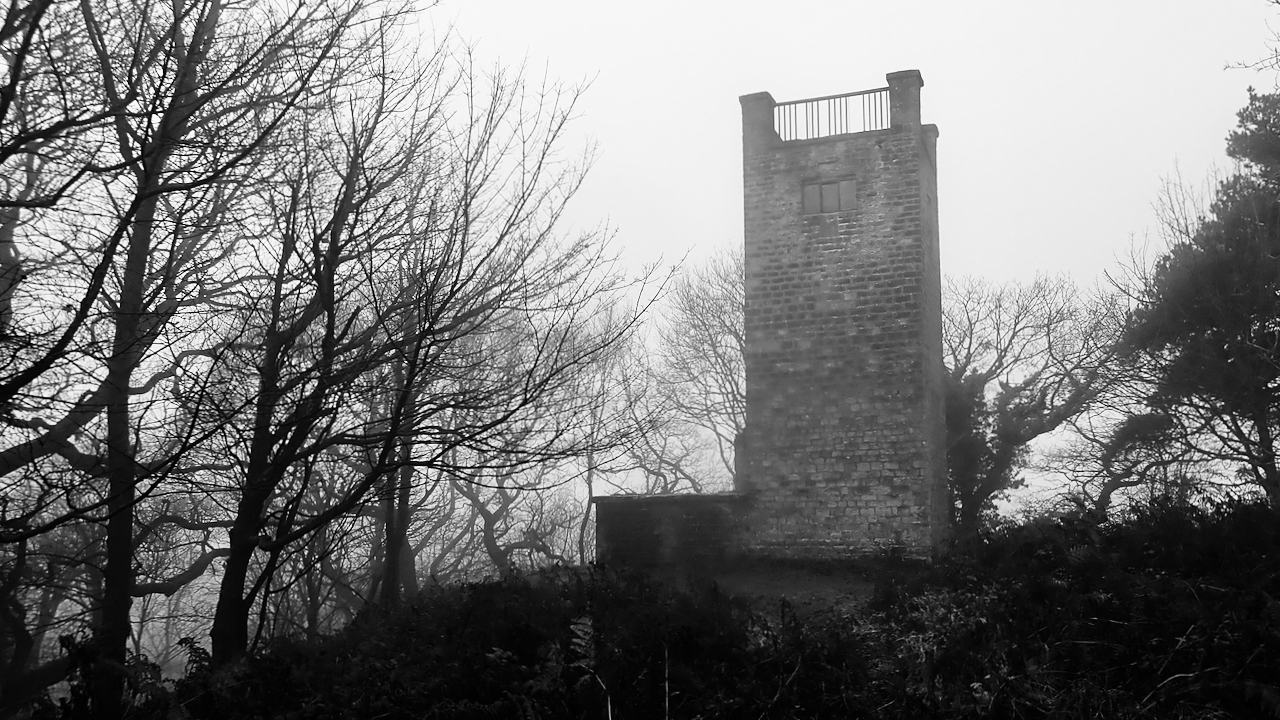
Mount Snever Observatory
To modern ears, the word ‘observatory’ is associated with telescopes and distant stars but the Mount Snever Observatory was built with the intention of viewing nature in all its glory. The 35 feet high belvedere tower is a somewhat austere structure, built in 1838 by John Wormald of Oldstead Hall to commemorate Queen Victoria’s coronation…
-
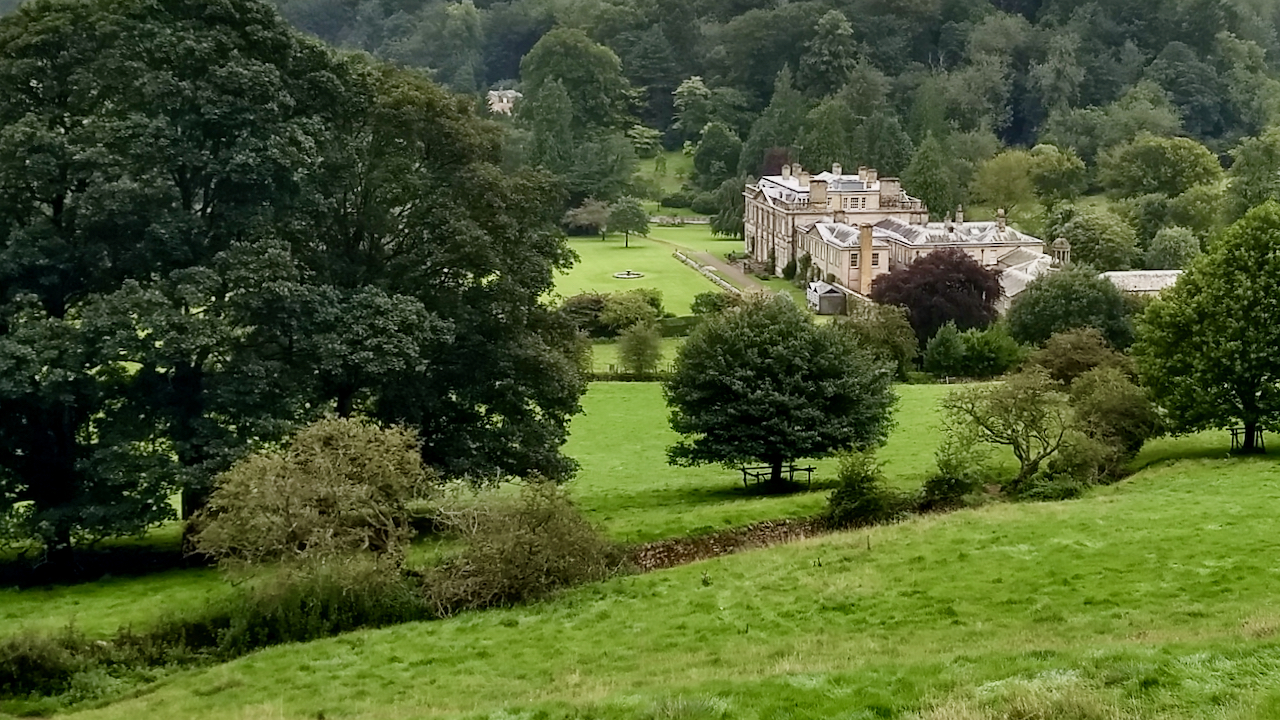
The Hackness Shame
I had a look around the Forge Valley near Scarborough, a place I’ve always wanted to see but never had the opportunity. I must admit, I wasn’t that overwhelmed. A dense tree canopy and lots of mud. Still, it’s good to explore somewhere new. Hackness Hall was impressive though and with a colourful bit of…
-
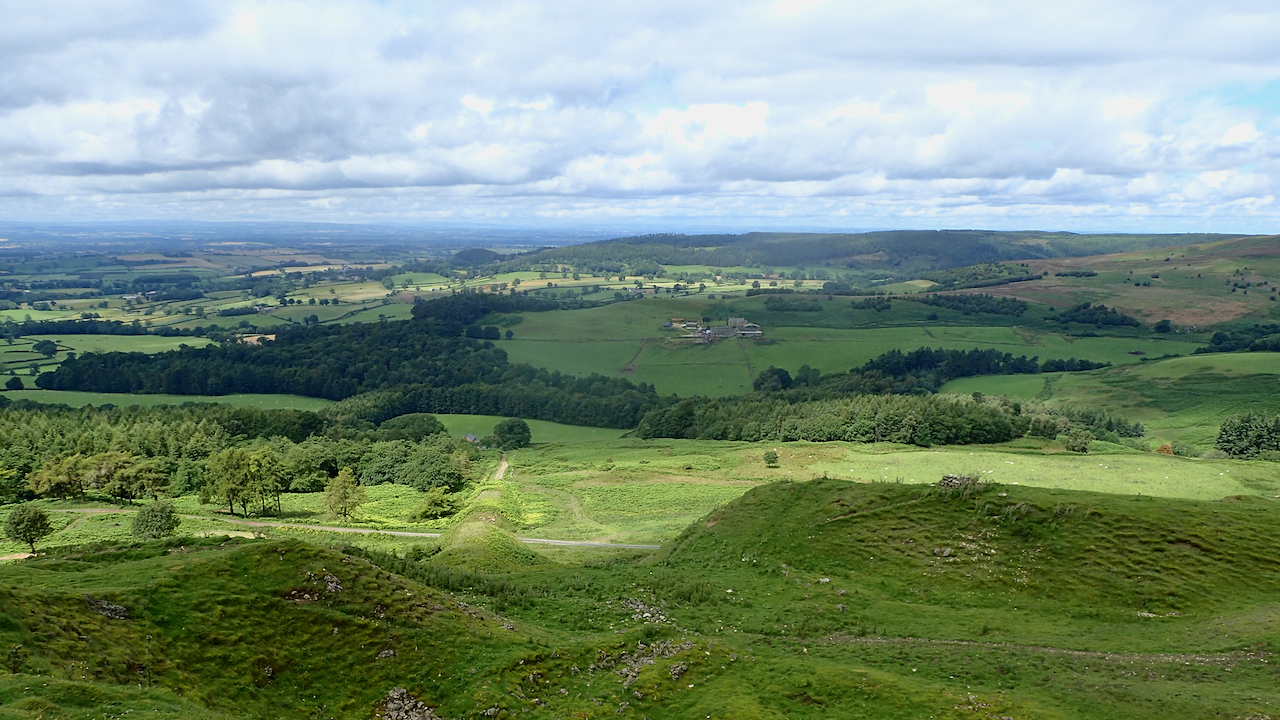
Kepwick limestone quarry incline
The name of the old inn, Limekiln House, on the Hambleton Drovers’ Road, gives a clue to the industry which dominated the Tabular Hills escarpment above Kepwick. For it catered for the quarrymen as well as the drovers. Limestone has much used since pre-history as a building material, the Great Pyramid of Giza had facing…
-
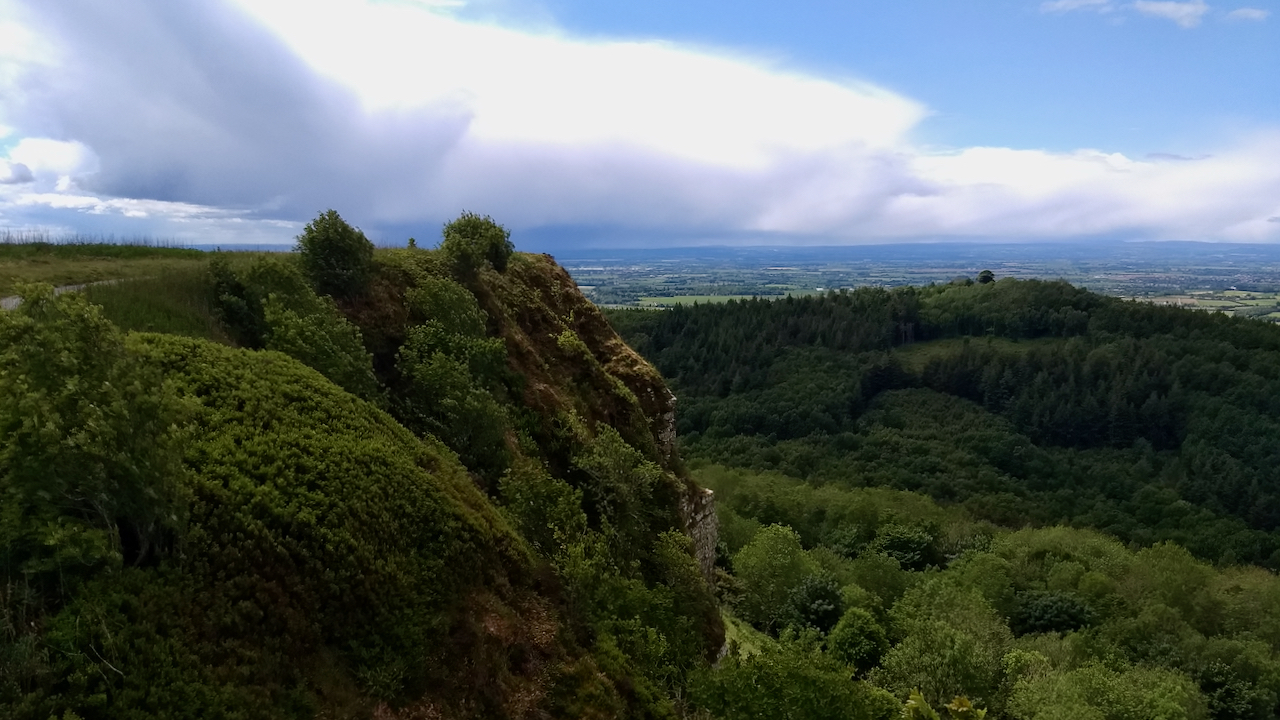
Roulston Scar
The southwestern corner of the North Yorkshire Moors. 900 feet above sea level. To the north, the Hambleton Hills extend to the summit of Black Hambleton, at an altitude of 1289 feet. To the east, the moorlands stretch to Rydale at Helmsley, moorlands that are now predominately cultivated or forested. Due west, across the Devil’s…
-
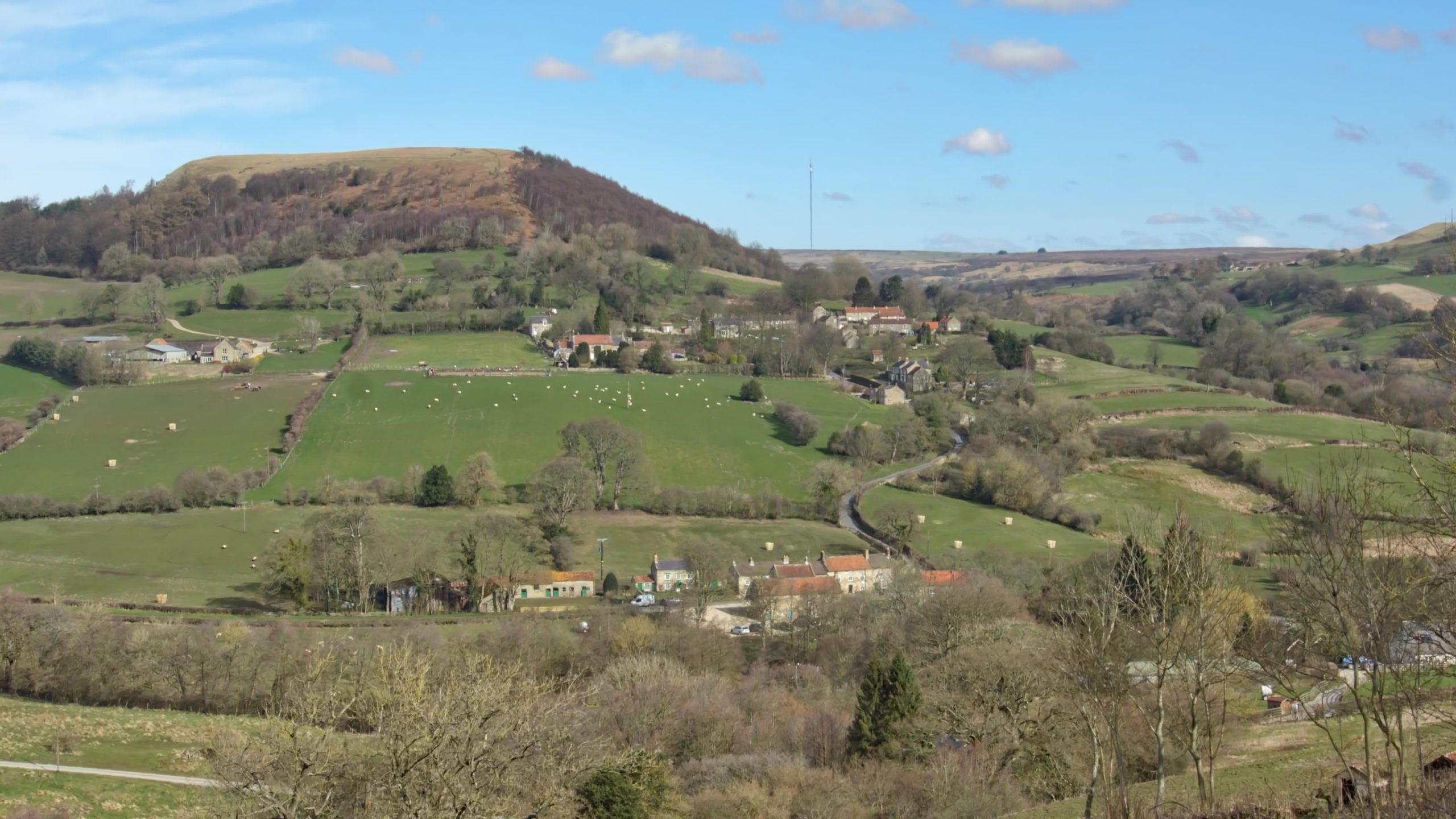
Hawnby
Described as a “traditional nucleated settlement”, modern Hawnby really has two nuclei. The high one at the foot of Hawnby Hill and the low one centred on the old mill by the River Rye. Both have quaint sandstone buildings with red pantile roofs distinctive of the Tabular Hills. The village is mentioned in the Domesday…
-
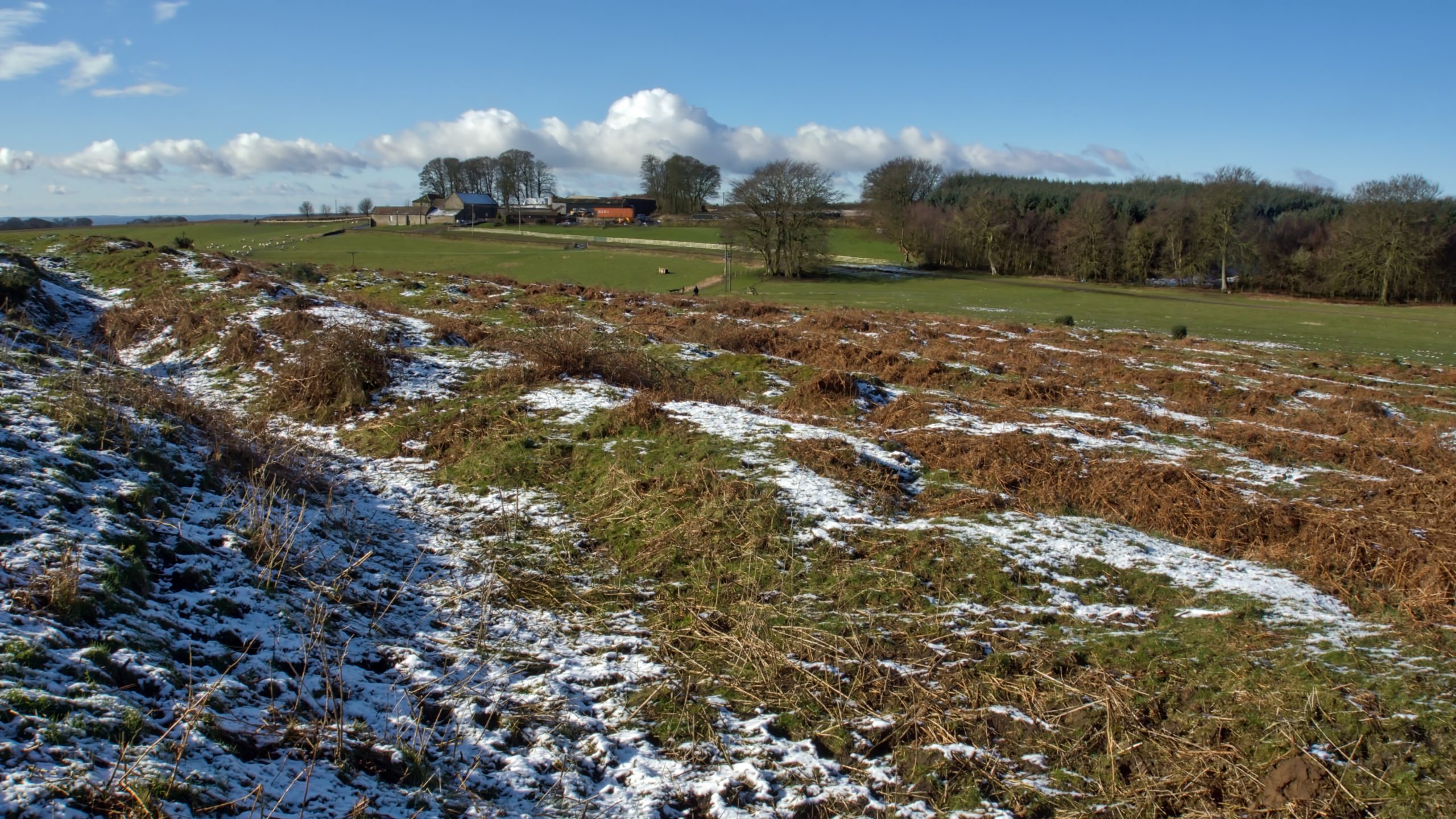
Cockmoor Hall Earthworks
The Tabular Hills have a high concentration of Neolithic or Bronze Age earthworks: linear boundaries in the form of ditches and earthbank and round barrows and at the head of Wy Dale, before Stainton Lane descends steeply into Toutsdale, is an extensive area of a confusing mixture of prehistoric earthworks overlain by medieval. Only a…
-
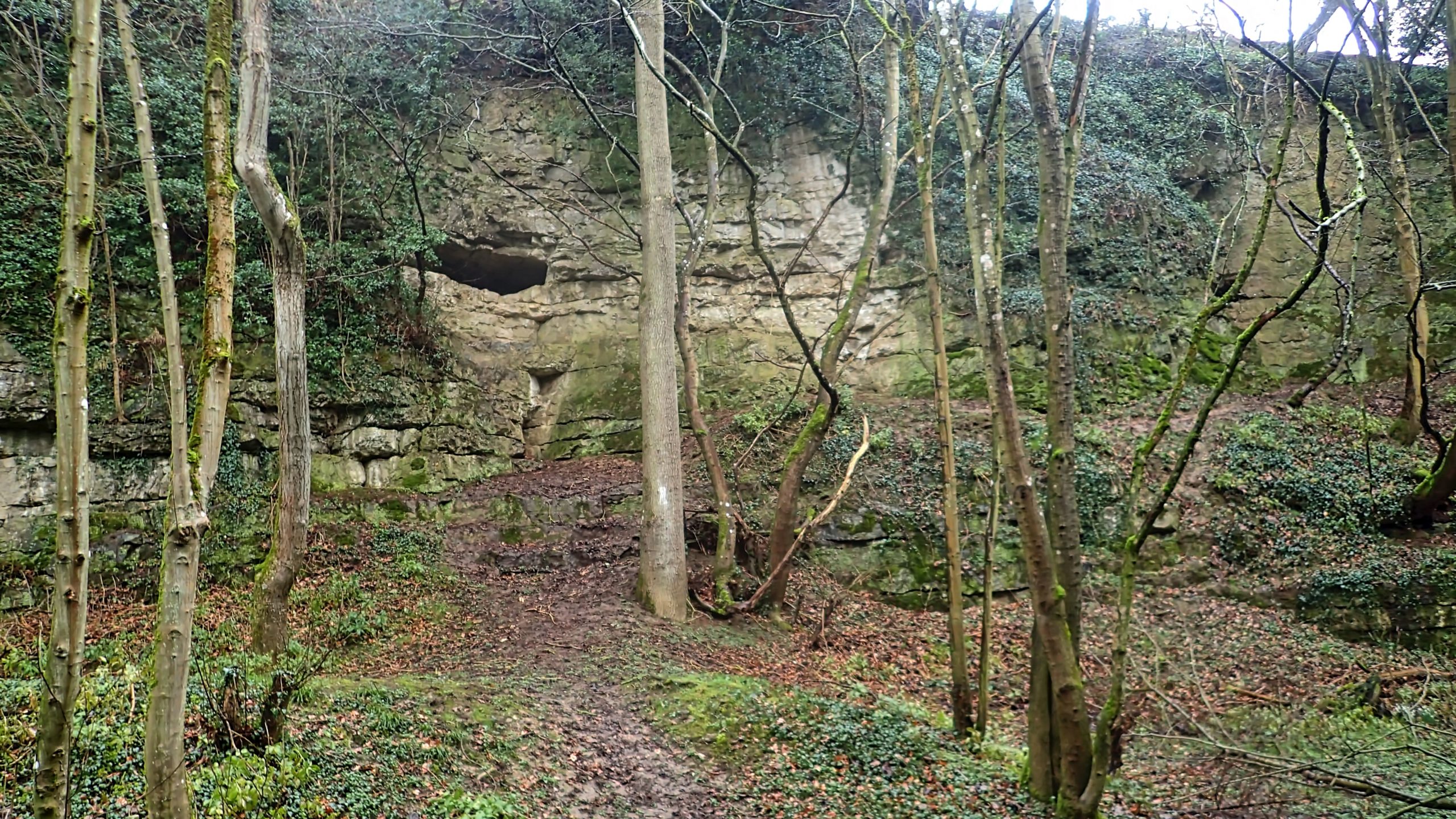
Kirkdale Cave
Whilst Cleveland basked in the winter sunshine, the Tabular Hills were covered in a grey corrugated duvet of low wet cloud. I had parked in Fadmoor for a circular wander along dry valleys and field tracks aiming to visit Kirkdale Cave. I’ve never actually seen the cave before and I don’t suppose any bones of…
-
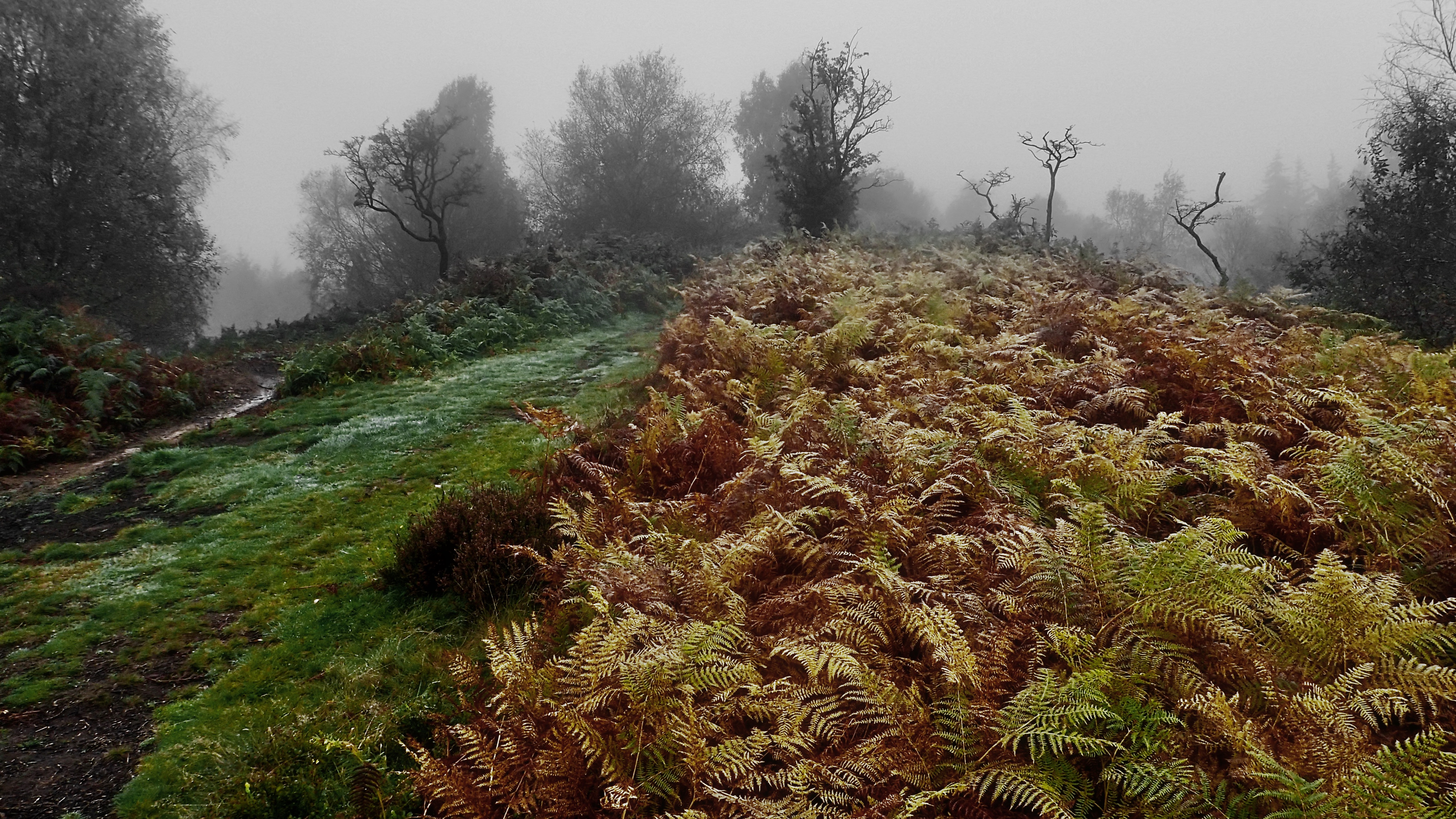
On Hood Hill
Rain before seven, Lift before eleven. So the old saying goes, but, ok the rain had stopped but the cloud still blanketted the 250m glacial outlier of Hood Hill. We climbed the hill to explore the earthworks of a medieval fortification, a motte and bailey castle. And to talk of the legends of witches…
-
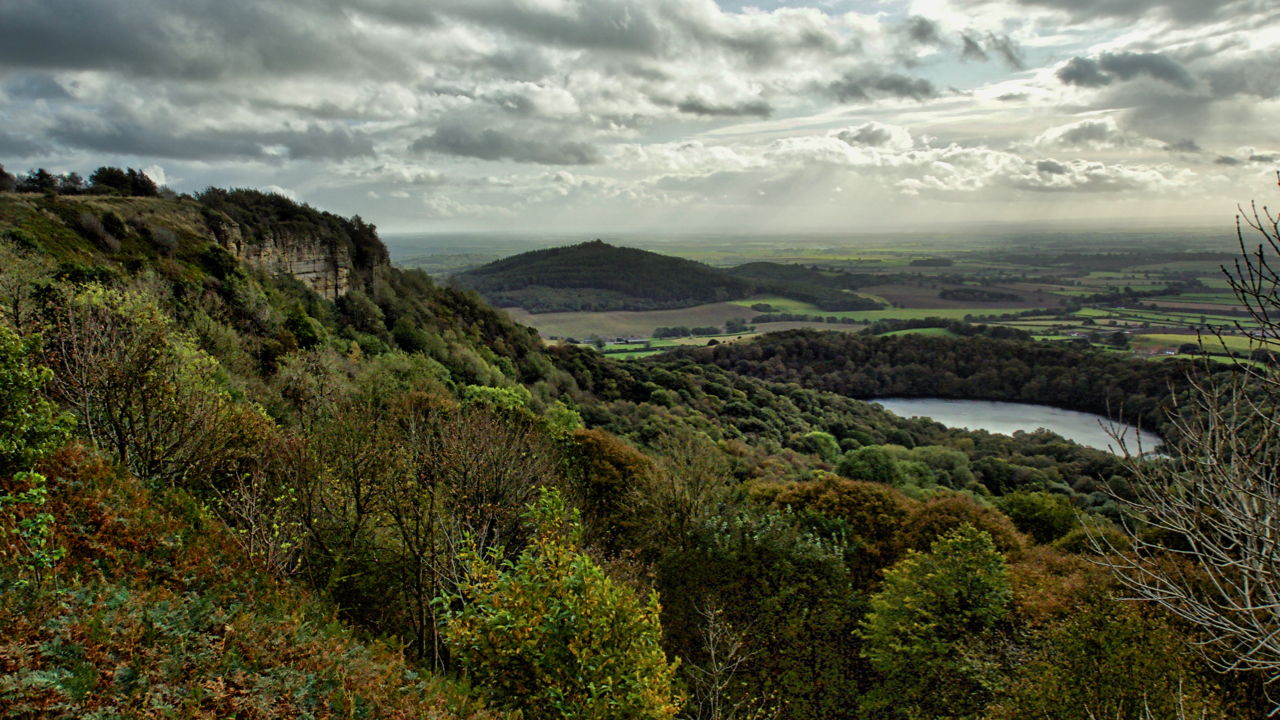
Whitestone Cliff and Gormire Lake
Looking down onto Lake Gormire near Sutton Bank. A place of myth and legend. In the distance is the elongated Jurassic outlier, Hood Hill with where Druids were said to have made sacrifices. Some say Lake Gormire was made when an earthquake swallowed up a whole town. The roofs of the houses and chimneys can…
-
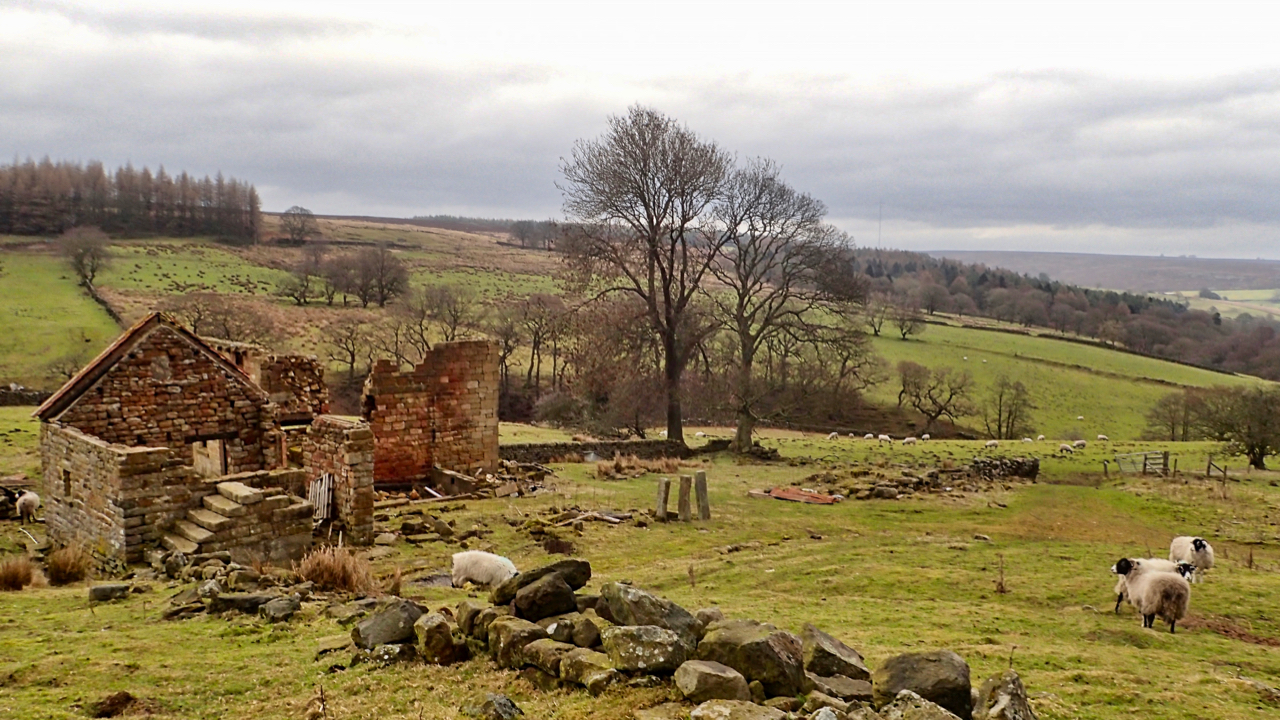
Dale Head
It is actually wrong to describe this valley as Ryedale. By convention, the source of a river is its longest tributary which puts the source of the River Rye at the appropriately named Rye Head near to the Swainby Shooting Hut on Whorlton Moor. The ruined Dale Head overlooks Wheat Beck, a shorter tributary. It’s…